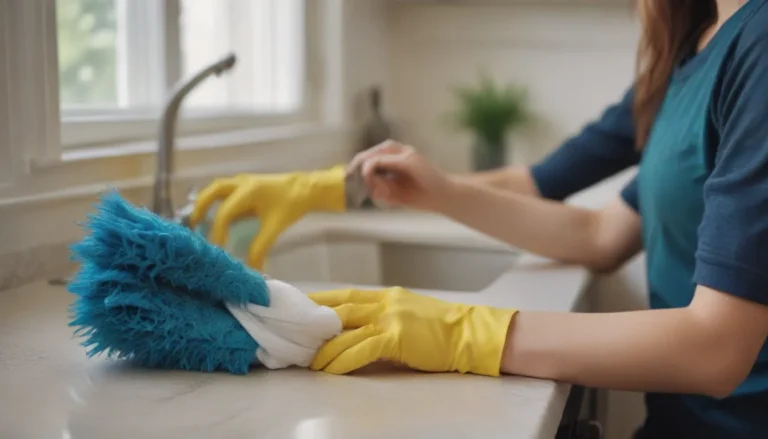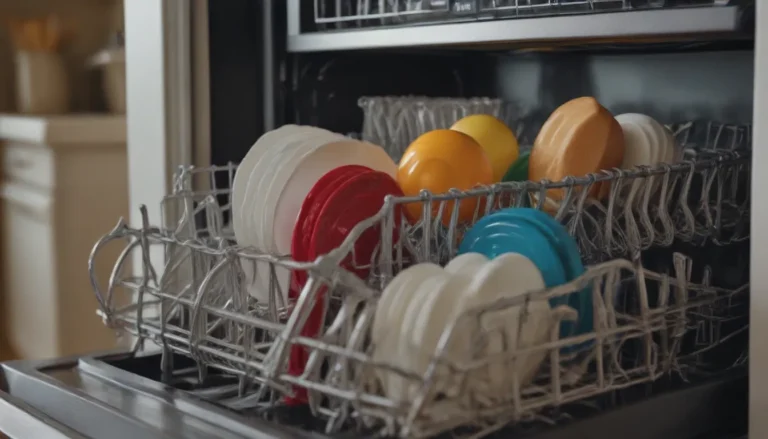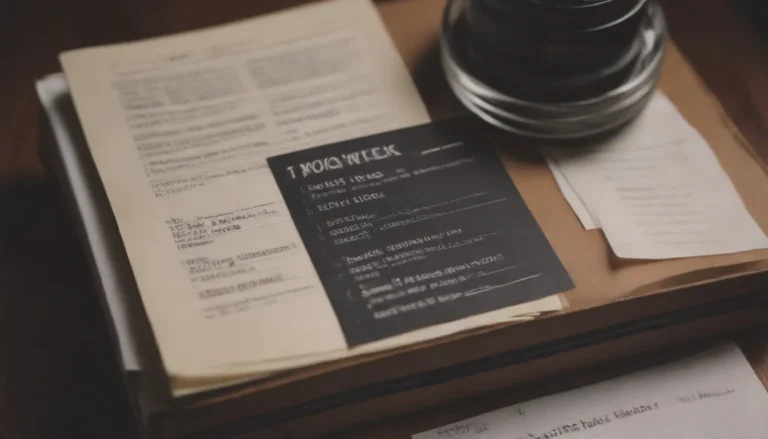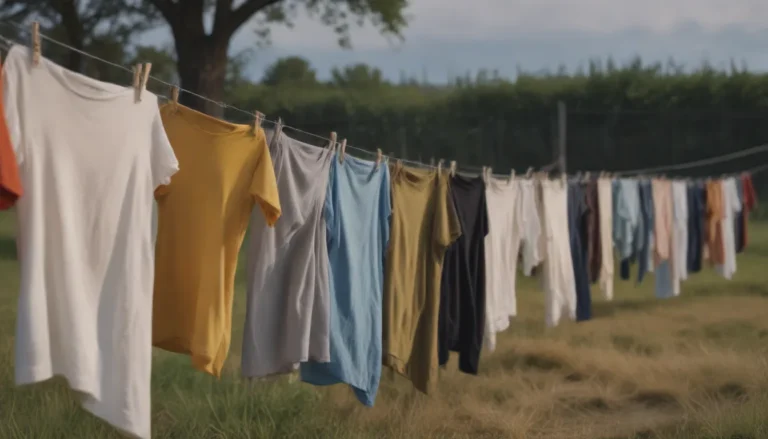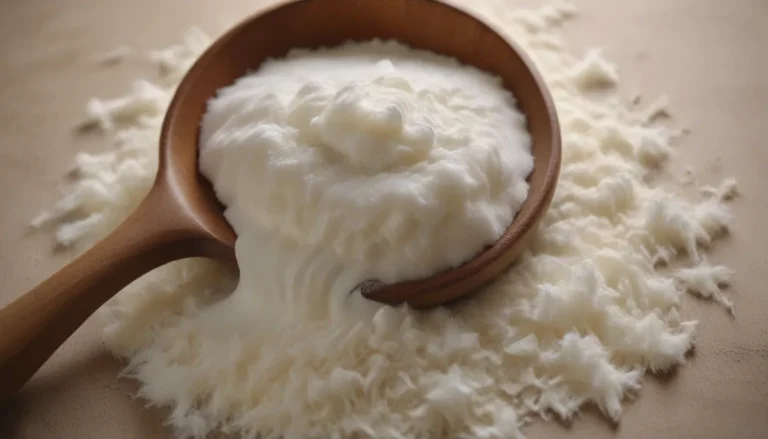The Magic of Using Vinegar as a Fabric Softener
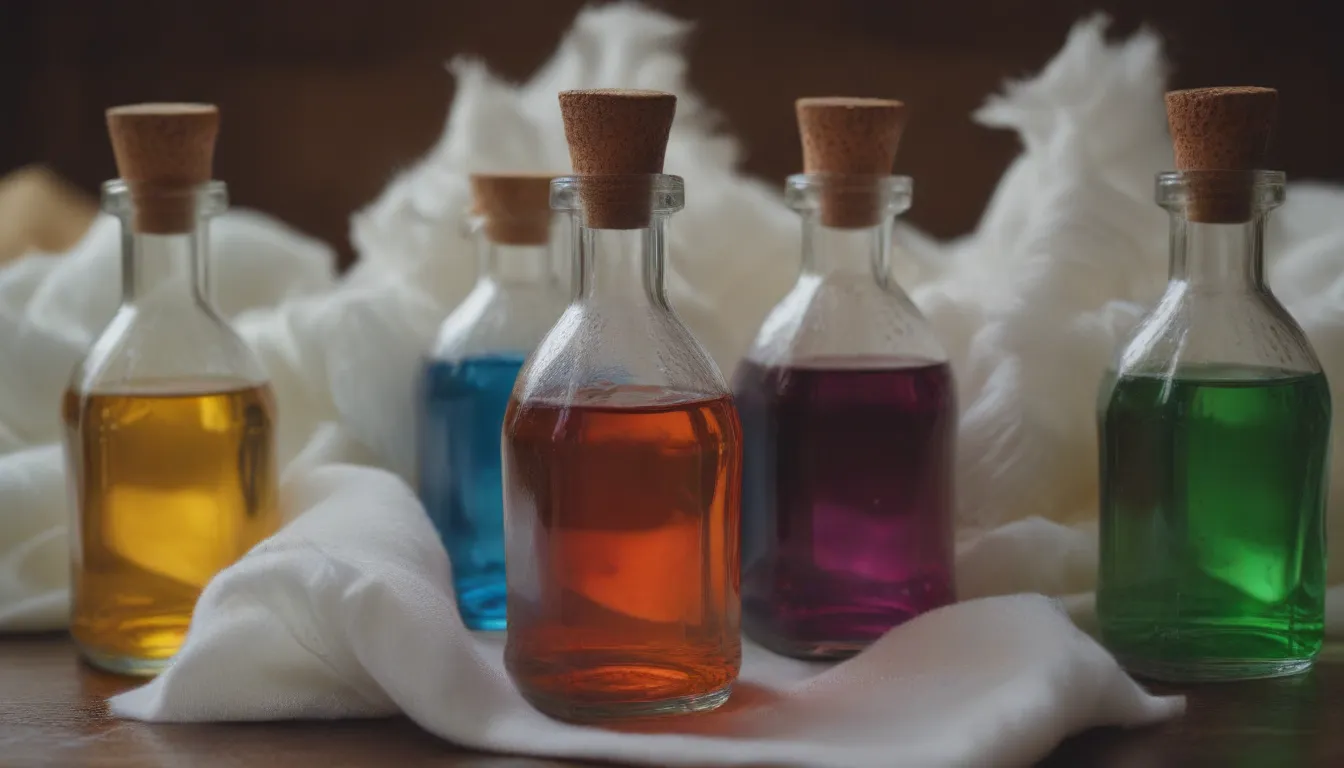
Hello there! Are you looking for a budget-friendly and eco-friendly alternative to commercial fabric softeners? Look no further than your kitchen cabinet! Distilled white vinegar is a miracle worker when it comes to softening clothes and towels in the laundry room. Not only does it leave your laundry feeling soft and fresh, but it also offers a range of benefits that make it a must-have in your laundry routine.
5 Compelling Reasons to Use Vinegar Instead of a Commercial Fabric Softener
-
Vinegar leaves clothes scent-free: Say goodbye to overpowering artificial scents that can irritate sensitive skin. Vinegar leaves your laundry smelling clean and fresh without any added fragrance.
-
Vinegar is more hypoallergenic: If you or your family members have sensitive skin or allergies, vinegar is a gentle alternative that won’t irritate the skin.
-
Vinegar is less expensive: Save some serious cash by swapping out expensive fabric softeners for a humble bottle of vinegar. It’s a cost-effective solution that delivers the same results.
-
Vinegar is eco-friendly: Reduce your environmental impact by using a natural product like vinegar instead of chemical-laden fabric softeners. It’s a win-win for you and the planet.
-
Vinegar leaves your washer and dryer cleaner: Say goodbye to built-up residue and odors in your washing machine and dryer. Vinegar helps keep your laundry appliances fresh and clean.
How to Use Vinegar as a Fabric Softener
Using vinegar as a fabric softener is simple and effective. For an average-sized laundry load, simply add 1/2 cup of vinegar directly to the washer at the beginning of the rinse cycle. If your washer has an automatic fabric softener dispenser, fill it with vinegar before each load to enjoy soft and fresh laundry.
Tip: Create a Personalized Scented Vinegar
If you miss the scent of traditional fabric softeners, you can easily create your own scented vinegar. Add a couple of drops of your favorite essential oil, like lavender, to a bottle of vinegar. You can also steep some herbs in the vinegar to infuse it with a pleasant fragrance.
Why is Vinegar an Effective Fabric Softener?
When laundry isn’t handled correctly, residue from detergent and fabric softeners can build up in the fibers, leaving them stiff and rough. Vinegar, with its five percent acetic acid solution, works wonders in dissolving this residue without damaging the fabric. By removing the buildup, vinegar helps your clothes feel softer to the touch, reduces lint and pet hair cling, and keeps colors vibrant.
Discover More Ways to Use Vinegar in the Laundry Room
The benefits of vinegar extend beyond fabric softening. Here are some additional ways you can use vinegar in your laundry routine:
-
Reduce Sweat Odors: Create a spray bottle with undiluted distilled white vinegar to remove perspiration odors and stains from washable clothing. Simply spray the vinegar on the affected areas before washing.
-
Hide Hem Lines: Moistening a cloth with vinegar and pressing it over tiny holes along seams or hemlines can help disguise alterations and ensure a seamless finish.
-
Remove Iron Buildup: Mineral deposits can clog an iron’s steam vents and spray nozzles. To clean your iron, fill the water chamber with a mixture of equal parts vinegar and water. Steam the iron for a few minutes, rinse with water, and iron an old cloth to remove any residue.
-
Remove Scorch Marks: Scorch marks on an iron’s faceplate can be removed by rubbing a paste of vinegar and salt on the affected areas. Wipe down the faceplate with a cloth dampened with vinegar for a sparkling finish.
Vinegar is truly a versatile and essential tool in the laundry room, offering unmatched cleaning power and fabric softening benefits.
Remember, the next time you reach for a bottle of commercial fabric softener, consider giving vinegar a try. Not only will you save money, but you’ll also enjoy soft, fresh laundry without the harsh chemicals. Give it a whirl, and experience the magic of vinegar for yourself!
References:
– Svedman, Cecilia et al. “Textile Contact Dermatitis: How Fabrics Can Induce Dermatitis.” Curr Treat Options Allergy, vol. 6, 2019, pp. 103–111. doi:10.1007/s40521-019-0197-5
– Vinegar. Harvard TH Chan School of Public Health.
